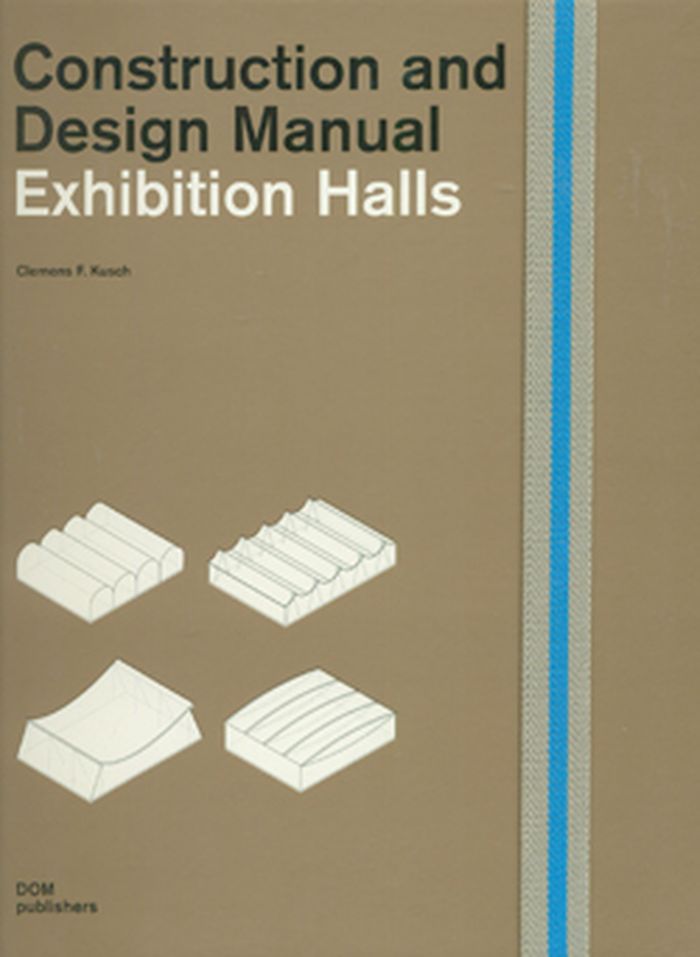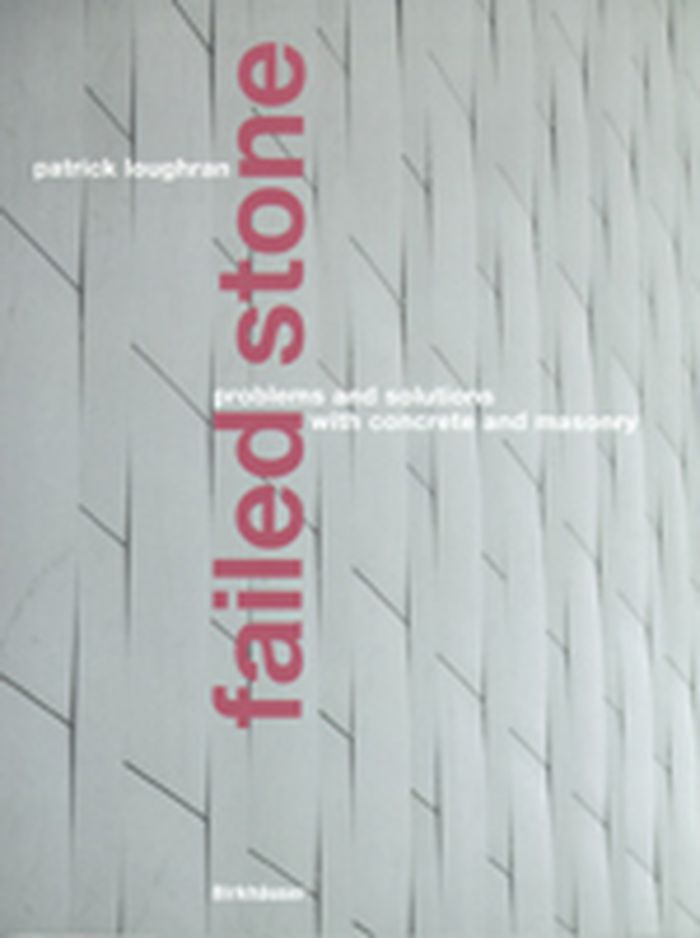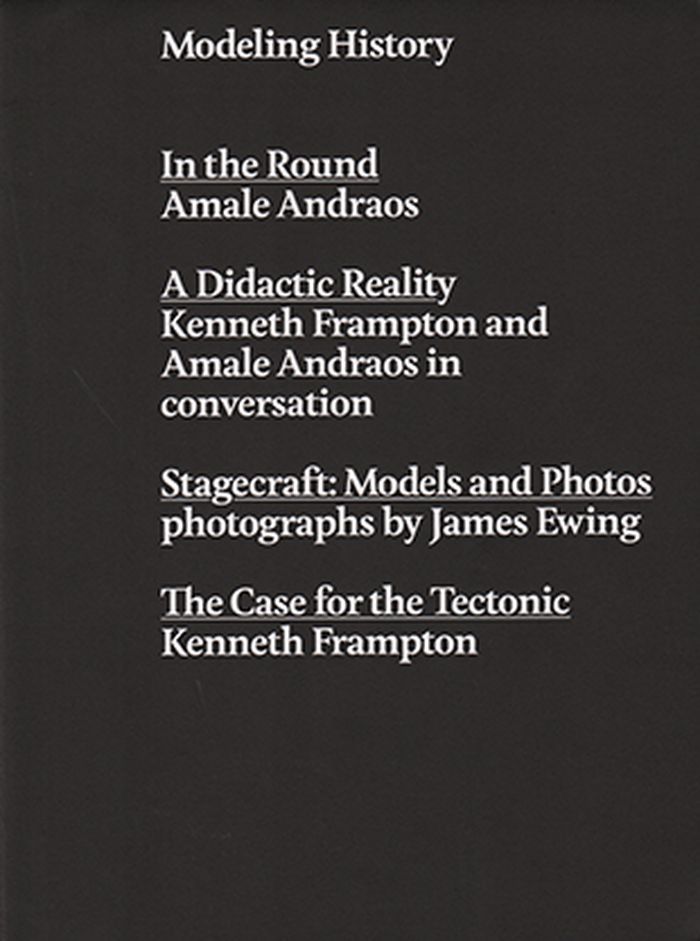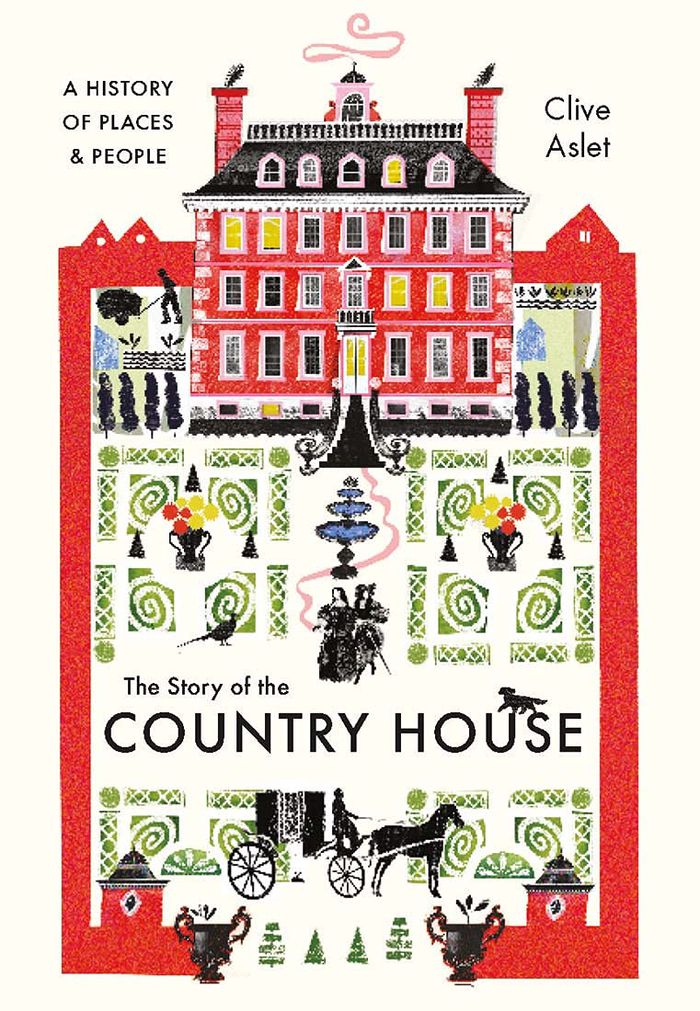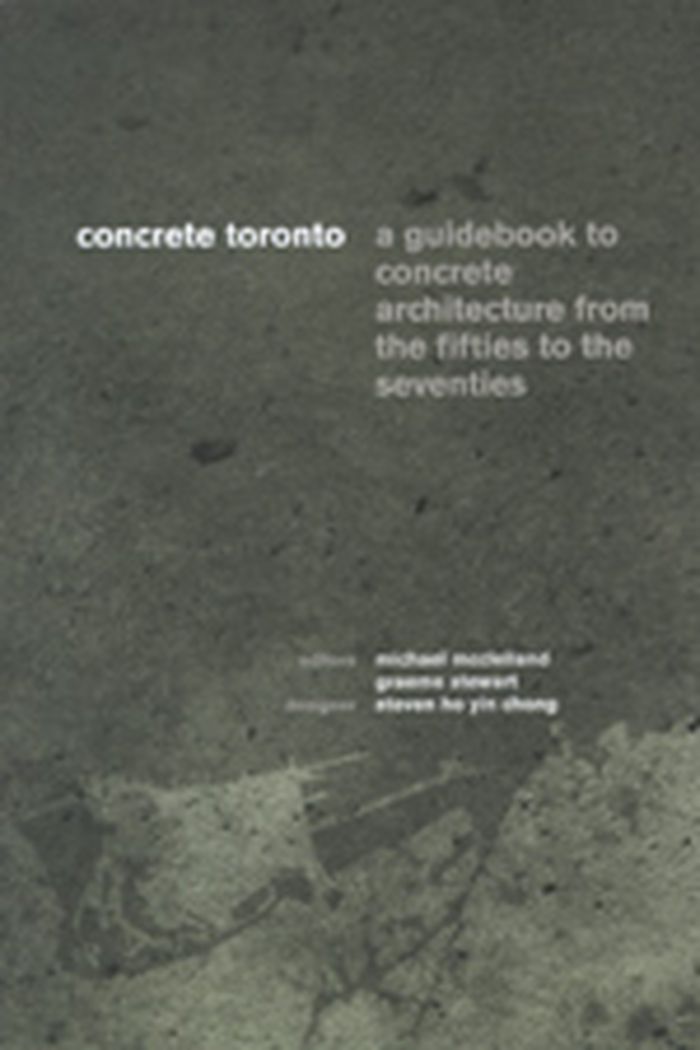books
Description:
243 pages illustrations 23 cm
London, Macdonald [1952]
Looking for Georgian England / Raymond Francis
Actions:
Holdings:
Description:
243 pages illustrations 23 cm
books
London, Macdonald [1952]
books
Description:
xiii, 580 pages : illustrations ; 26 cm
New York : Routledge, 2008.
The heritage reader / Graham Fairclough [and others].
Actions:
Holdings:
Description:
xiii, 580 pages : illustrations ; 26 cm
books
New York : Routledge, 2008.
$129.00
(available to order)
Summary:
An exhibition centre is a central focus of a city s economic life, and in many cases a unique expression of its image. For this reason, as well as offering adequate space and infrastructure, it must make a strong, clearly recognizable architectural statement. Over the past couple of decades, new technology and globalization have transformed trade fairs: today they are not(...)
Exhibition halls: construction and design manual
Actions:
Price:
$129.00
(available to order)
Summary:
An exhibition centre is a central focus of a city s economic life, and in many cases a unique expression of its image. For this reason, as well as offering adequate space and infrastructure, it must make a strong, clearly recognizable architectural statement. Over the past couple of decades, new technology and globalization have transformed trade fairs: today they are not so much markets as forums for the exchange of information and contacts. This new volume spotlights twenty-two exemplary European buildings that have overcome the resulting architectural challenges.
Museums and Universal Exhibitions
books
Description:
xviii, 422 pages ; 24 cm
New York : Praeger, ©1972.
A documentary history of conservation in America / edited by Robert McHenry with Charles Van Doren ; introduction by Lorus and Margery Milne.
Actions:
Holdings:
Description:
xviii, 422 pages ; 24 cm
books
New York : Praeger, ©1972.
books
Description:
236 pages : chiefly color illustrations ; 37 cm
New York : Collins Publishers in association with I. Shapiro, 1987.
A day in the life of the Soviet Union / photographed by 100 of the world's leading photojournalists on one day, May 15, 1987 ; project directors, Rick Smolan and David Cohen.
Actions:
Holdings:
Description:
236 pages : chiefly color illustrations ; 37 cm
books
New York : Collins Publishers in association with I. Shapiro, 1987.
$76.95
(available to order)
Summary:
Concrete and stone seem made to last forever. But the fact is they develop problems. It is not always as dramatic as the collapse of a section of the roof of the Paris Charles de Gaulle airport in 2004. Gradual changes also occur that may compromise the appearance and structural soundness of buildings constructed with these materials. These changes can be created by(...)
Materials and Lighting
December 2006, Basel - Berlin - Boston
Failed stone : problems and solutions with concrete and masonry
Actions:
Price:
$76.95
(available to order)
Summary:
Concrete and stone seem made to last forever. But the fact is they develop problems. It is not always as dramatic as the collapse of a section of the roof of the Paris Charles de Gaulle airport in 2004. Gradual changes also occur that may compromise the appearance and structural soundness of buildings constructed with these materials. These changes can be created by efflorescence, thermal stress, weathering, leakage and corrosion. This book explains how to avoid typical kinds of failure. With this in mind, it systematically analyzes cases of damage in contemporary international architecture. It also offers strategies for minimizing the risk of damage. Examples include such high-visibility structures as Finlandia Hall in Helsinki, Parco della Musica in Rome and Vontz Center for Molecular Studies in Cincinnatti. In eight chapters, typical kinds of damage are explained and illustrated with examples.
Materials and Lighting
$65.00
(available to order)
Summary:
Modeling History revisits the material legacy of Kenneth Frampton's course Studies in Tectonic Culture, a collection of models familiar to anyone who has passed through Avery Hall. It looks back in order to project forward, and asks how the construction of architectural history through the making of models might generate new histories, practices, and ways of seeing.(...)
June 2017
Modeling history. The case for the tectonic. Stagecraft: models and photos
Actions:
Price:
$65.00
(available to order)
Summary:
Modeling History revisits the material legacy of Kenneth Frampton's course Studies in Tectonic Culture, a collection of models familiar to anyone who has passed through Avery Hall. It looks back in order to project forward, and asks how the construction of architectural history through the making of models might generate new histories, practices, and ways of seeing. Produced on the occasion of the exhibition 'Stagecraft: Models and Photos' at Columbia University's Arthur RossArchitecture Gallery, Modeling History moves between modes of representation, past and present, to explore Frampton's theory and pedagogy concerning tectonics. The sixteen photographs enclosed in this book by photographer James Ewing reveal the possibilities of Frampton's radical approach today. Each image not only reengages with a model built during Frampton's seminar, but, by playing with the potentials of photography, also aspires to project similar material, tectonic, and poetic realities. Printed in a limited edition of 250 copies.
$35.00
(available to order)
Summary:
The Story of the Country House is an authoritative and vivid account of the British country house, exploring how they have evolved with the changing political and economic landscape. Clive Aslet reveals the captivating stories behind individual houses, their architects, and occupants, and paints a vivid picture of the wider context in which the country house in Britain(...)
The story of the country house
Actions:
Price:
$35.00
(available to order)
Summary:
The Story of the Country House is an authoritative and vivid account of the British country house, exploring how they have evolved with the changing political and economic landscape. Clive Aslet reveals the captivating stories behind individual houses, their architects, and occupants, and paints a vivid picture of the wider context in which the country house in Britain flourished and subsequently fell into decline before enjoying a renaissance in the twenty-first century. The genesis, style, and purpose of architectural masterpieces such as Hardwick Hall, Hatfield House, and Chatsworth are explored, alongside the numerous country houses lost to war and economic decline. We also meet a cavalcade of characters, owners with all their dynastic obsessions and diverse sources of wealth, and architects such as Inigo Jones, Sir John Vanbrugh, Robert Adam, Sir John Soane and A.W.N. Pugin, who dazzled or in some cases outraged their contemporaries. The Story of the Country House takes a fresh look at this enduringly popular building type, exploring why it continues to hold such fascination for us today.
History until 1900, Great Britain
$29.95
(available to order)
Summary:
After World War II, concrete became increasingly popular as a building medium around the world. Brutalism, the fashion for plain, heavy design, reigned. Toronto was particularly affected. The city has concrete buildings of all stripes – international landmarks, metropolitan infrastructure and even the single family home. Hundreds of these structures were built,(...)
Architecture in Canada
November 2007, Toronto
Concrete Toronto : a guidebook to concrete architecture from the fifties to the seventies
Actions:
Price:
$29.95
(available to order)
Summary:
After World War II, concrete became increasingly popular as a building medium around the world. Brutalism, the fashion for plain, heavy design, reigned. Toronto was particularly affected. The city has concrete buildings of all stripes – international landmarks, metropolitan infrastructure and even the single family home. Hundreds of these structures were built, including Viljo Revell’s groundbreaking New City Hall, John Andrew’s seminal Scarborough College and the record-smashing CN Tower. Toronto is a city cast in concrete. However, as architectural fashion has shifted from postmodernism to the glass-and-steel neomodernism of today, these concrete structures have been ignored, misunderstood and, in some cases, demolished. Concrete Toronto acts as a guide to the city’s extensive concrete heritage. A diverse group of experts has been assembled to re-examine the uniqueness and value of these buildings. Included are the insights of many of the original concrete architects, university faculty, local practitioners, journalists and industry experts. Together they explore the past and future of Toronto’s concrete buildings. Included is a wealth of new and archival photos, drawings, interviews, articles, as well as case studies of Toronto’s major concrete architecture.
Architecture in Canada
